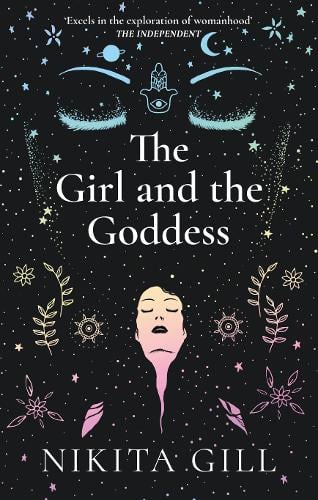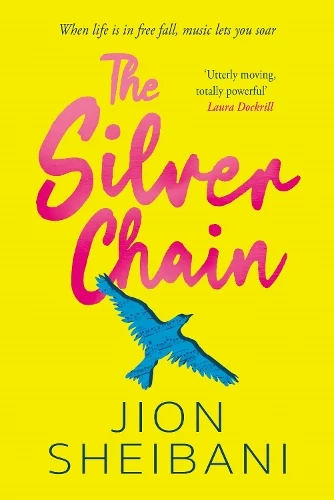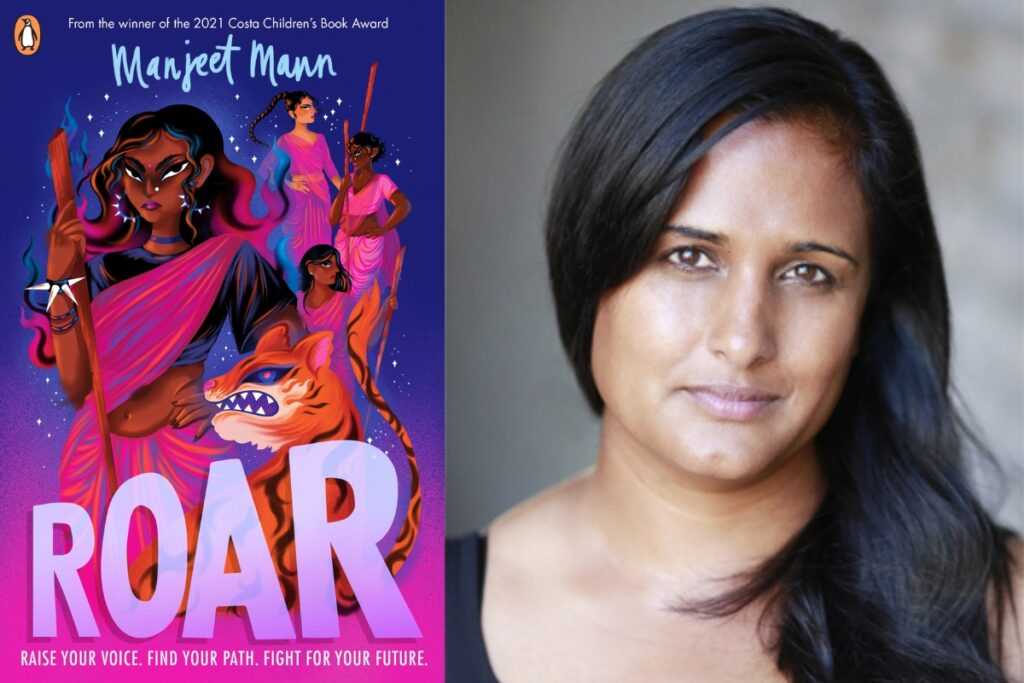Multi-award-winning author of Run, Rebel and The Crossing, Manjeet Mann returns with her new young adult novel, Roar, an empowering novel inspired by Sampat Pal and the Pink Sari Gang. To celebrate the books publication, Manjeet has shared with us five empowering books we should gift to the next generation.
Manjeet says: “As someone who writes in verse, I’ve always been drawn to stories that use rhythm and poetry to tell the truth about who we are. So, if I could make a small library to pass on – books that speak to the mess, magic, and meaning of growing up as a girl – these five would be it. They’re not all easy stories, but they’re full of hope, courage and honesty. Each one honours the stories we inherit and the ones we choose to tell – about mothers and daughters, migration and memory, voice and silence. Each one says: you are allowed to take up space. And that, I think, is one of the most important gifts we can pass along.”
Learn more about Manjeet’s recommendations, below:

Part family history, part epic poem, Lara traces a young mixed-race woman’s search for identity across continents and generations. Evaristo’s writing is weighty and musical, her lines carrying the pulse of history and heartache. It’s the kind of book that makes you want to write harder, deeper – to see how far verse can go when it holds the full complexity of who we are. Reading Lara reminded me that poetry isn’t just about beauty; it’s about truth, and the courage to tell it. Evaristo doesn’t shy away from the messy intersections of family, race, and selfhood, she lets them collide and sing. Her work made me want to push my own writing further, to stretch what verse can hold.

I’ve long been a fan of Nikita Gill. She has a depth and emotional intensity that grabs you from the first line. In The Girl and the Goddess, she blends poetry and myth to tell Paro’s story – a girl growing up between India and England, between tradition and freedom, between silence and self-discovery.
In acknowledging her past, Paro begins to rewrite her future, fuelled by the strength of the goddesses and myths that run through her. She creates her own story as a woman in a world that often asks the feminine to be quiet, to exist only as a vessel for others. Her journey is both inward and outward to a world that welcomes and rejects her in equal measure. Through pain and growth, she learns peace and power. Some books just find you at the right time. This one certainly did.

Brown Girl Dreaming is Jacqueline Woodson’s acclaimed memoir-in-verse about growing up as a young Black girl in Ohio, South Carolina, and New York during the era of Jim Crow. Told through the eyes of her younger self, Woodson captures the tenderness and tension of childhood, identity, and finding one’s voice as a writer. Her poems move beautifully between the personal and the universal. Between family, memory, and the larger story of race and belonging in America.
What I love most is how quietly powerful it is. Woodson’s writing doesn’t shout; it listens, remembers, and reveals. There’s a softness to her storytelling that makes space for both pain and joy. It reminded me that our stories don’t have to be loud to matter. Sometimes whispering your truth can be just as revolutionary.

This one isn’t a verse novel but a graphic memoir – and yet, I felt the same rhythm and resonance in it that I love about poetry. Sabba Khan’s The Roles We Play explores what it means to be British, Pakistani, Muslim, and female, through stunning artwork and honest reflection. Each panel feels like a stanza, each line drawn with emotional precision. What makes it even more immersive is the soundtrack that accompanies each chapter – a sensory experience that pulls you right into her world. I love how it blurs the boundaries between forms, just as her story blurs those between cultures and identities. It’s a book about family, faith, and the spaces we occupy and it reminds me how art, like verse, can hold complexity without needing to explain it.

This novel-in-verse touched me deeply. The Silver Chain explores the ripple of anxiety through generations, and how mothers and daughters carry and heal each other’s pain. What resonated most was its thread of music. The way songs, rhythms, and creative expression become lifelines for healing. It reminded me of how the performing arts did the same for me – how art can reach places that words alone can’t. Sheibani writes with such empathy. She doesn’t shy away from mental health or inherited pain, but she always reaches for light. The result is a story that feels like both a confession and a comfort. A melody that stays with you, long after the final line.









